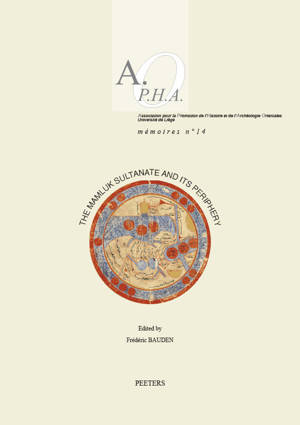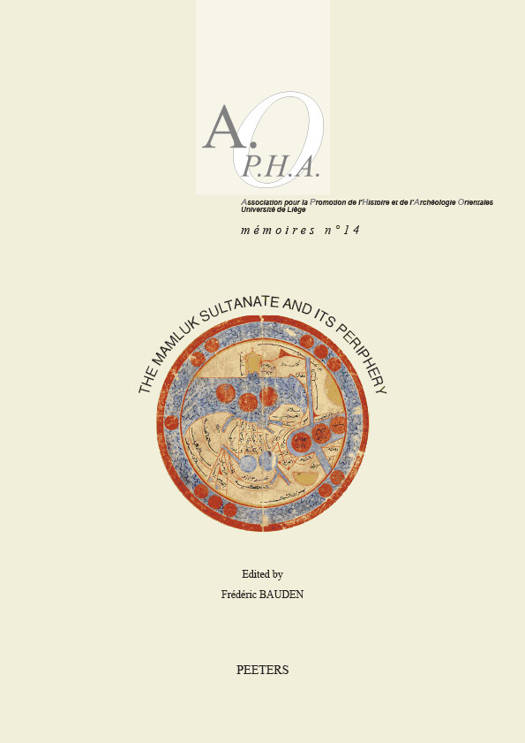
- Afhalen na 1 uur in een winkel met voorraad
- Gratis thuislevering in België vanaf € 30
- Ruim aanbod met 7 miljoen producten
- Afhalen na 1 uur in een winkel met voorraad
- Gratis thuislevering in België vanaf € 30
- Ruim aanbod met 7 miljoen producten
Zoeken
The Mamluk Sultanate and Its Periphery
Bauden F.
Paperback | Engels | Association pour la Promotion de l'Histoire et de l'Archéologie Orientales. Mémoires | nr. 14
€ 68,00
+ 136 punten
Omschrijving
This volume is the result of a selection of papers presented at the second conference of the School of Mamluk Studies (Liege, 2015) whose theme was 'The Mamluk Sultanate and Its Periphery'. It is well known that Mamluk studies suffer from a deficit of interest for the peripheral areas because of the centripetal effect played by the main cities of the sultanate, i.e. the political centers (Cairo and Damascus), where most of the historians whose works constitute the lion's share of modern studies lived. Nevertheless, it is still possible to study aspects related to regions, cities, villages by resorting to these classical sources but also and above all to other types of sources (documents, archaeological excavations). Obviously, the concept of periphery can be interpreted in various ways. Above all, it is understood in geographic, political, or economic terms: the periphery is defined in relation to the center of power, whether central or local. It can also be interpreted in sociological and religious terms. In this case, the concept can be applied to practices or parts of the society considered borderline. The eight essays collected in this volume seek to explore this question of the periphery from these various angles.
Specificaties
Betrokkenen
- Auteur(s):
- Uitgeverij:
Inhoud
- Aantal bladzijden:
- 317
- Taal:
- Engels
- Reeks:
- Reeksnummer:
- nr. 14
Eigenschappen
- Productcode (EAN):
- 9789042951754
- Verschijningsdatum:
- 14/09/2023
- Uitvoering:
- Paperback
- Formaat:
- Trade paperback (VS)
- Afmetingen:
- 210 mm x 300 mm
- Gewicht:
- 1007972 g

Alleen bij Standaard Boekhandel
+ 136 punten op je klantenkaart van Standaard Boekhandel
Beoordelingen
We publiceren alleen reviews die voldoen aan de voorwaarden voor reviews. Bekijk onze voorwaarden voor reviews.











